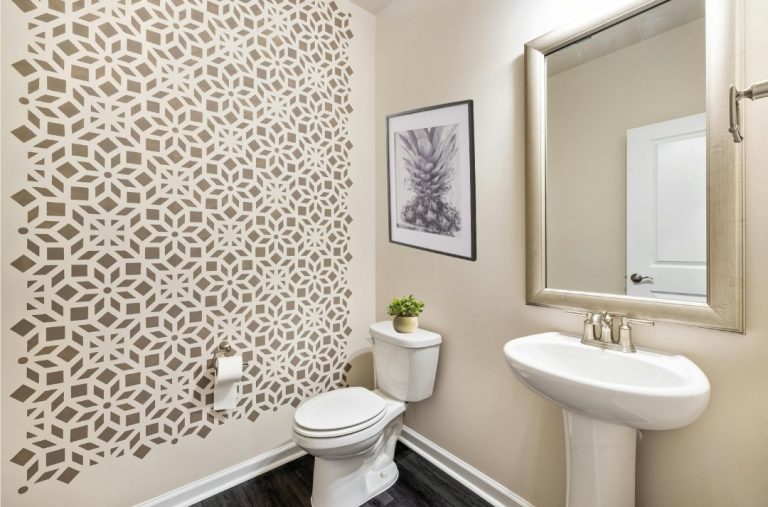You can give your home new energy by using texture. Texture adds interest. It breaks monotony. It transforms ordinary rooms into spaces that feel richer.
What is texture in a home
Texture means how things feel or look as if you could feel them. Rough wood vs. smooth stone. Soft linen vs. polished metal. Texture is tactile (you touch it) or visual (you see the effect).
When you add texture, you add depth. Without texture, rooms feel flat. Color alone can’t always do that.
Where to start
You don’t need a full renovation. Small touches make a difference.
Floors and rugs. A textured rug on a smooth floor changes how the room feels underfoot. It absorbs sound, anchors furniture.
Soft fabrics. Throws, pillows, linen or wool curtains. Use different fabrics in the same room so you feel more dimension.
Furniture and fittings. Unpolished wood, wrought iron, carved surfaces. They contrast well with smooth, shiny materials.
Walls. Textured wall finishes, paneling, wallpapers with relief, tiles. Even a rough plaster wall can introduce strong texture.
Lighting. Light reveals texture. Shadows can emphasize surface irregularities. Use lamps and fixtures that throw light at angles.
Plants and natural elements. Leaves, bark, stone, woven baskets. Natural texture tends to feel warm, grounding.
Balancing texture
Too much texture without a plan makes the room feel messy. You want contrast and some consistency.
Pick 2-3 types of texture per room. For example: a wood floor, metal lighting, and soft fabrics.
Think of scale. Big textured piece (rug, wall panel) + smaller textures (pillows, knickknacks).
Choose materials that hold up. If you have pets or kids, something durable may work better.
Keep color or tone consistent so textures don’t clash.
What many people get wrong
They add texture only in one place and leave the rest flat. That makes everything else feel under-done.
They confuse pattern with texture. Pattern can help, but texture involves surface or material.
They pick textures that look good in photos, but feel awkward in daily life (rough surfaces, scratchy fabrics). Always touch things.
They ignore maintenance. Textured surfaces often trap dust or wear unevenly.
Adding texture is one of the simplest ways to reinvigorate your home. Rugs, fabrics, natural materials, lighting, and textured walls can bring depth and dimension to otherwise flat rooms. The key is balance—mix two or three textures per space, keep colours consistent, and think about scale. Avoid overloading surfaces or choosing materials that don’t work for daily life. Small changes in texture often make the biggest impact.



